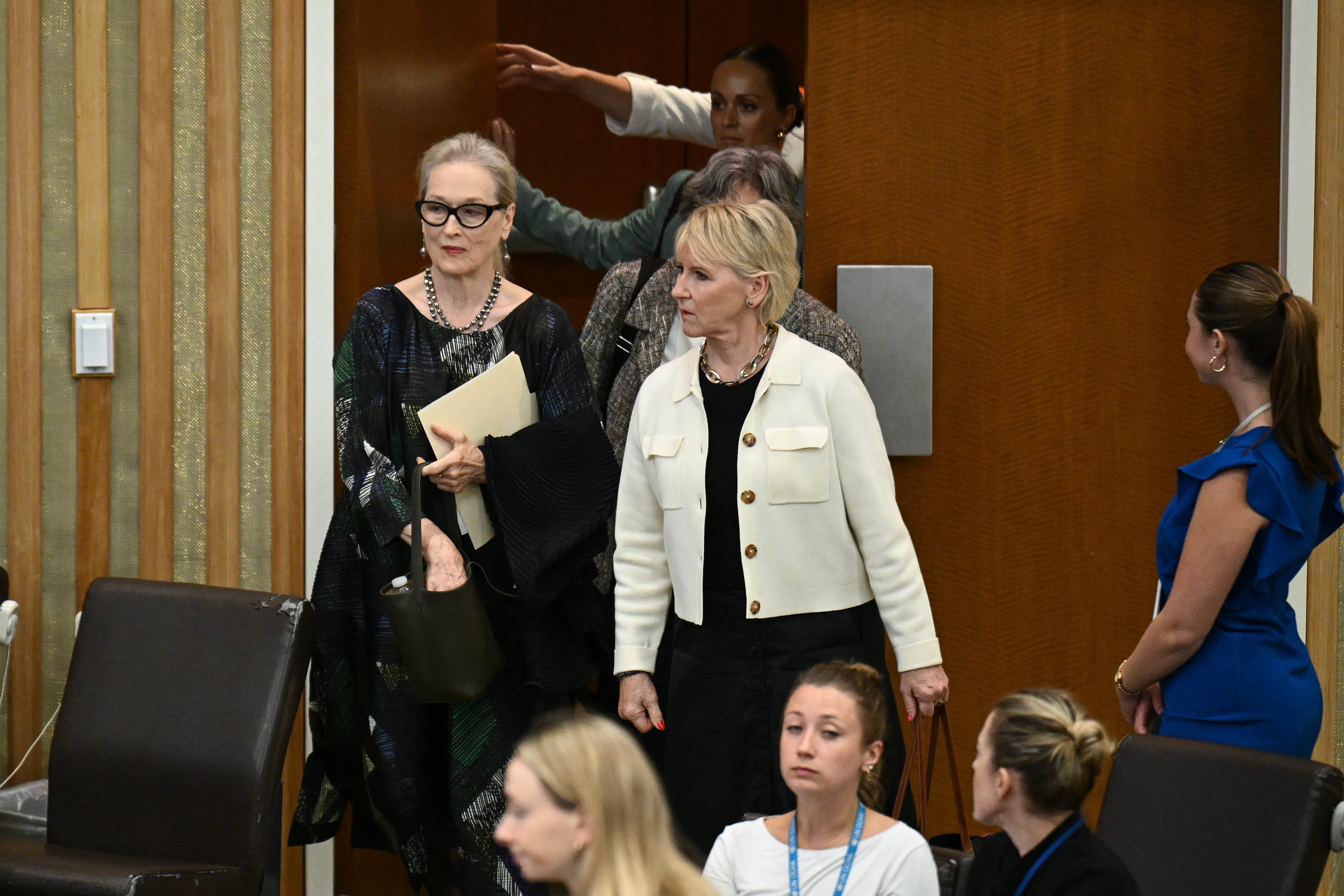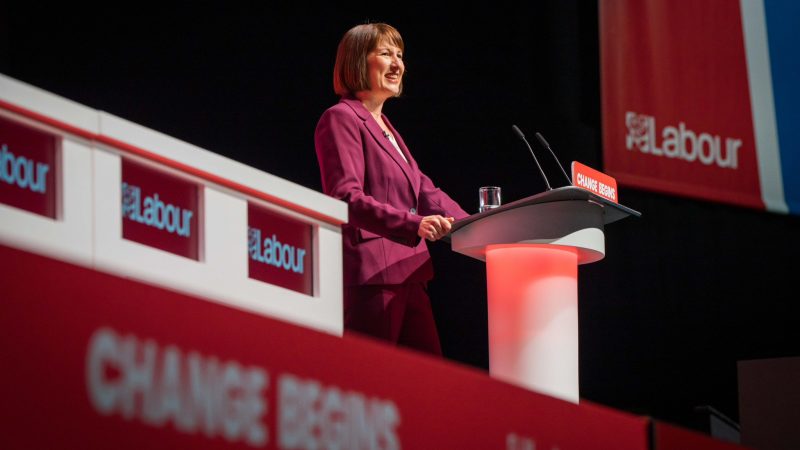
Smoke rises after an Israeli airstrike that targeted a Lebanese village, as seen from the Upper Galilee, northern Israel, on September 23, 2024. The Pentagon said Monday that it was sending additional troops to the region. The European Union warned Monday that the conflict between Israel and Hezbollah was nearing a full-fledged war. Photo by Atef Safadi/EPA-EFE
Sept. 24 (UPI) -- The Pentagon said Monday that additional troops will be sent to the Middle East as the conflict between Israel and Hezbollah rapidly escalates and as the European Union warns it was devolving into a "full-fledged war."
Maj. Gen. Pat Ryder, Department of Defense press secretary, announced to reporters during a press conference that "a small number of additional U.S. military personnel" are being sent to the Middle East "to augment our forces that are already in the region."
Advertisement
He would not specify the number of troops being sent nor if additional equipment, such as ships or aircraft, would be accompanying them.
"For operation security reasons, I'm not going to comment on or provide specifics," he said.
Related
Gazans say 22 people, mostly women and children, killed in Israeli strike on school
Ryder made the announcement amid a large escalation in the conflict between Israel and Iran-backed Hezbollah, which is based in Lebanon.
Advertisement
Israeli warplanes hit some 1,300 Hezbollah targets, including missiles that Israeli officials said were hidden in civilians' homes, throughout Lebanon on Monday, killing at least 492 people and injuring more than 1,640 others.
The two sides have been attacking one another over the southern Lebanese border since Israel's war against Hamas in Gaza began nearly a year ago, but Israel has recently escalated its bombardment of Hezbollah since last week when communication devices held by the militants detonated in a coordinated attack that killed 37 people. Israel has not commented on the attack but has been blamed for it.
At the same time, Israeli officials declared a new objective in the war: the return of tens of thousands of displaced Israelis to their northern Israel homes, near the Lebanese border.
About 60,000 Israelis have been evacuated from northern Israeli towns close to the Lebanese border because of the constant artillery and rocket strikes coming from across the border.
Israel has defended its massive Monday assault by stating Hezbollah had built up an arsenal over the last 20 years and had planned to conduct an assault on Israel like the one Hamas conducted on Oct. 7, which killed 1,200 Israelis and ignited the nearly one-year-old war.
The European Union's foreign policy chief, Josep Borrell, warned Monday in a press conference that the conflict was on the precipice of a full-fledged war.
"Escalation is extremely dangerous and worrying," he said. "I can say that we are almost in a full-fledged war. We're seeing more military strikes, more damage, more collateral damage, more victims."
He said the attacks in Lebanon have forced thousands to flee north, stressing the local transportation system. The detonation of Hezbollah communication devices -- pagers on Tuesday and Walkie-talkies on Wednesday -- have created a sense of "terror" among the Lebanese population, he added.
"Civilians in Lebanon are paying an intolerable, unacceptable price," he said.
"And it's against the Geneva Convention to make explosions at distance without taking into consideration for the environment where these explosives are exploding."
He described the attacks as targeted but random.
"I condemn. I continue condemning it," he said.
To prevent further escalation, he is calling for renewed diplomatic mediation efforts, pointing to this week's United Nations conference, titled Summit of the Future 2024, as "the moment to do that."
"Everybody has to put their capacity to stop this path to war," he said.
However, he warned that the worst case scenario of the conflict was "materializing."
During the U.N. conference in New York, French Foreign Minister Jean-Noel Barrot announced that he has requested an emergency U.N. Security Council meeting to be held on Lebanon this week.

















